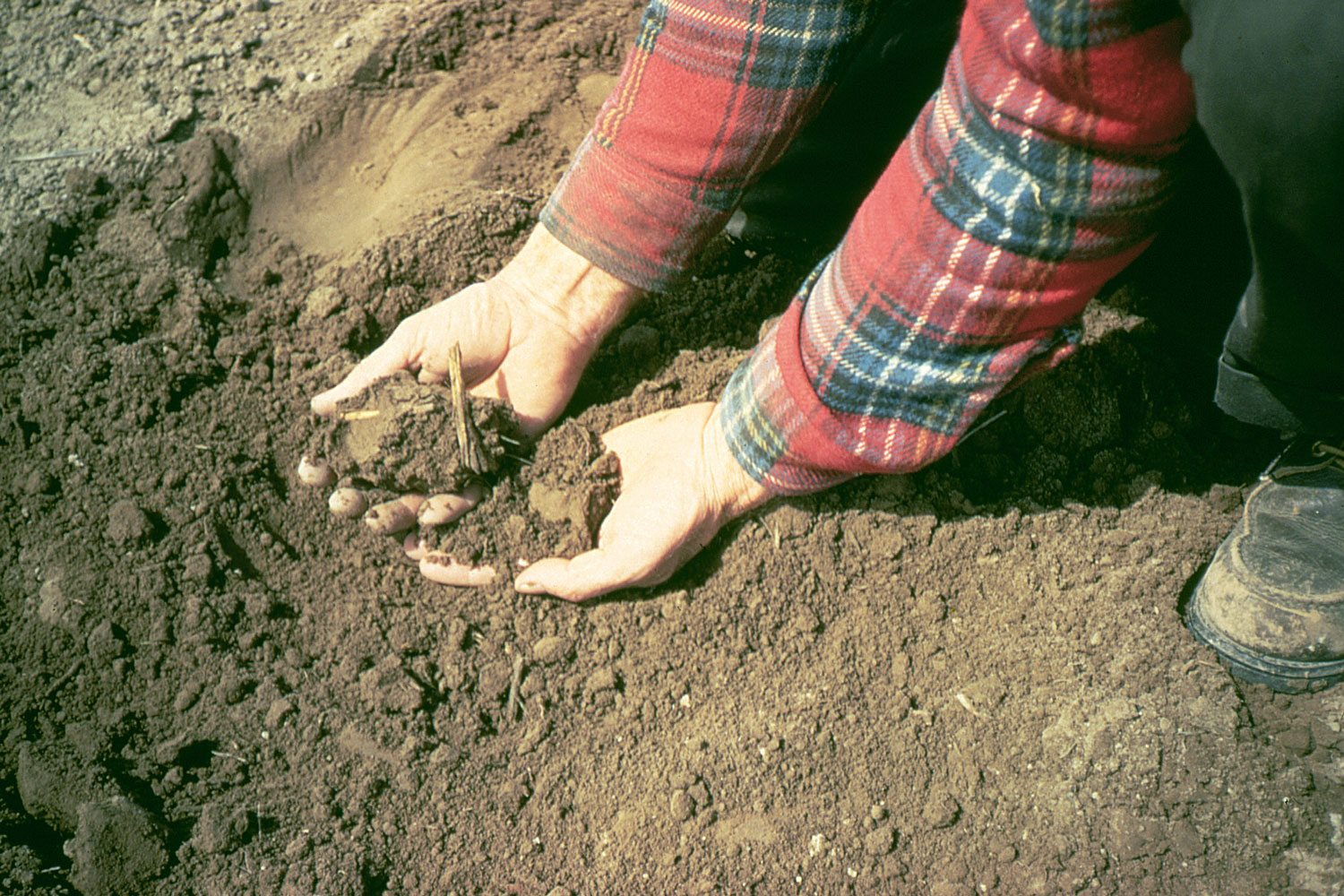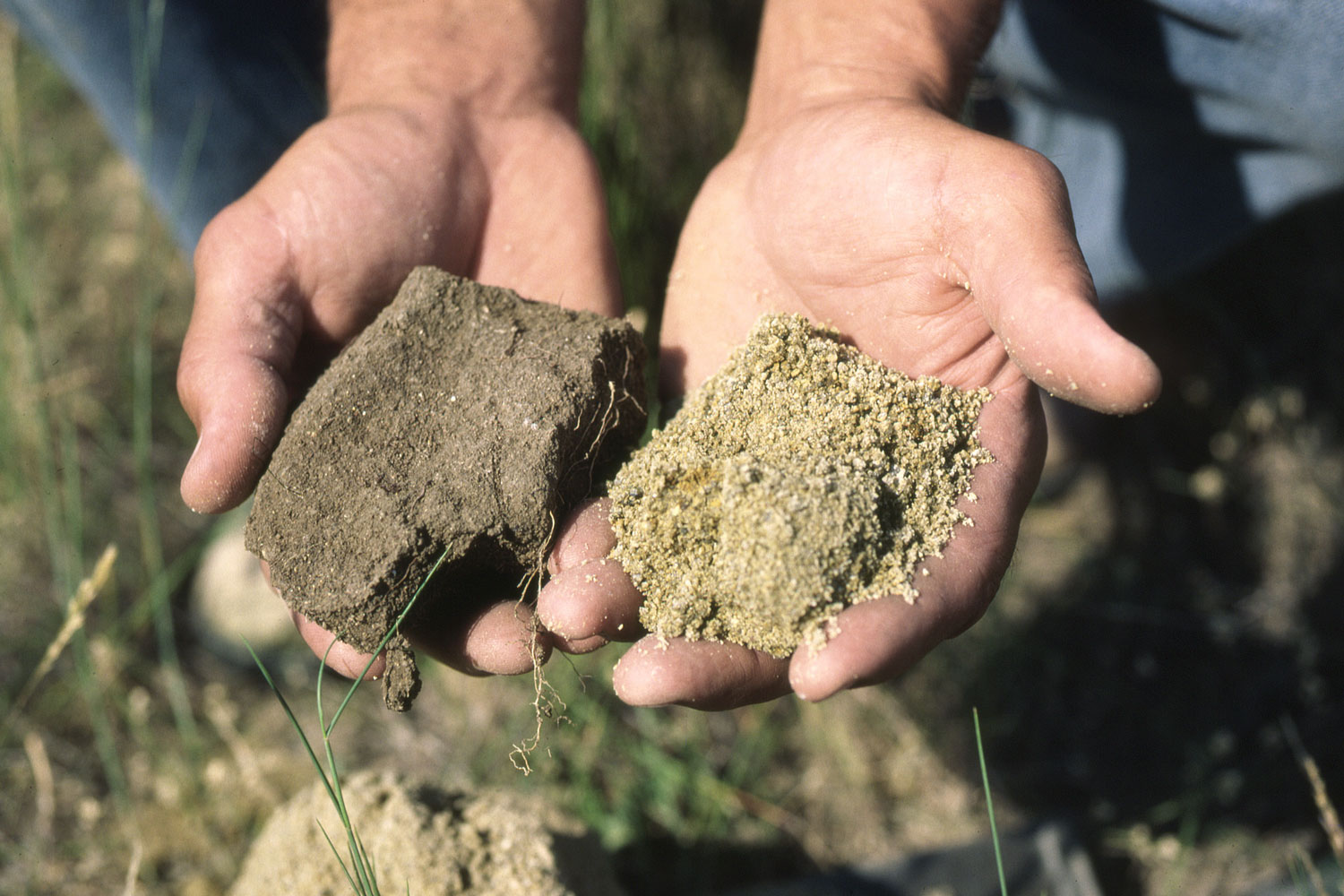Wondering about topsoil? Then you are in the right place. This article helps you tackle the basics and need-to-knows regarding topsoil. If you have ever wondered what topsoil is, what it is composed of, what is it used for, and how it helps you in your gardening goals, then read on. We’ll equip you with what you need to know.
Topsoil is exactly what it sounds like; it is the top layer of soil. It is defined as the first two to twelve inches of soil regardless of which of the many soil types it is. Also known as surface soil, this organic layer is where you can also find most of a plant’s roots.
Have you ever been to a river bank and noticed different layers of soil? You will find that the top layer of the soil is dark coloured and lush.
The dark layer of topsoil holds the plants themselves. Also, though this layer is thin, it holds most of the soil’s nutrients. This is because it has the greatest organic matter content and microorganisms than any other layer. Thus, topsoil is essential when preparing soil for planting.
Topsoil, while composed of silt, sand, clay, and other organic matter, is made of nitrogen and carbon. Organic matter is what is left after plants and insects (worms, beetles, etc.) die.
Part of the reason why the topsoil has the highest concentration of nutrients (potassium, phosphorus, etc.) among all other layers is that this is where organic life decomposes upon death or decay.

Farmers try to manage topsoil to allow for a reduction of dependence on chemical fertilisers and additives that prevent or stave off diseases.
However, what happens to Earth’s soil should we continue to inject it with inorganic or unnatural substances and apply human activities that go against nature’s natural course? Can we, then, still call our topsoil organic?
When we speak of soils, we tend to think of soils that have formed from natural conditions. If there are soils that are deeply influenced by human activities, such soils are then called “Anthrosol” — man-made soils.
The human activities influencing such soil could be waste disposal, deep ploughing, partial removal, cutting and filling, burial, irrigated agriculture, paddy cultivation, or long-term manure applications like when you make compost and add it to the soil.
The growth of Anthrosols, which spanned over centuries, under the influence of long-term manure applications abruptly ended by the end of the 19th century, following the introduction of mineral fertilisers.
Anthrosols vary widely in their physical, biological, and chemical properties. Also, they occupy approximately 0.0034% of the total continental land mass surface of the Earth. However, due to the influence of human society on soil, Anthrosols are steadily growing year by year.

Organic topsoil or Anthrosols are found naturally, but when it comes to buying topsoil it is categorised into two types; screened or unscreened.
Screened topsoil is topsoil processed through a meshing device. Meshing can be done in different sizes; usually with a specific purpose in mind. The benefit of screened topsoil is that it allows clients and customers the freedom to specify how chunky or fine they want their product. Screening also helps remove larger objects like stones.
Subsequently, because the selected topsoil is screened through the same meshing process, optimal water flow is achieved. Thus, distribution of essential nutrients becomes a cycle which will keep your garden healthy and vibrant.
Unscreened topsoil can be described as more uneven and coarser in contrast to its screened counterpart. This is due to the fact that it does not go through a meshing process. Because of this, and the fact that it does not provide the same benefit and quality to screened topsoil, it can usually be found at a much lower price.
Here is a brief overview of the different types of topsoil.
We advise the use of Grabco’s 20mm standard topsoil to fill the area for deeper levelled gardening areas. However, a follow-up application of their 10mm premium soil should be spread across the top of this area for the best possible results.
Premium graded topsoil is meant for creating beds and borders but is also ideal for lawn preparation or general garden use. Keep this in mind when preparing your home garden.
Enriched Topsoil is a half-and-half mixture of 15mm screened soil and 10mill compost. This type of topsoil is best used for borders, raised beds, baskets, pots, allotments, etc.
Turfing soil is made up of a 70/30 mixture of sharp sand and soil. This combination has been found to be the best for turf laying, as well as sowing grass seed.
Whether you have a patch of land that urgently needs rehabilitation or you want your plants, trees, crops, or flowers to grow in the best possible way, topsoil is the answer. Its most essential value is the amalgamation of nutrients it provides to plants. For their growth, there is arguably nothing more suitable.
This is because this region of the soil that does the main biological nutrient cycling, which provides the needed carbon and nitrogen molecules for the plants to grow. Crops growing in this soil are home to the diverse community of microorganisms that do the cycling. More importantly, the more diverse the microbial population is, the fewer diseases can thrive in that cycle.
Topsoil is required to plant lawns and gardens when building a new home or landscaping an outdoor space. Typically, people search for a topsoil supplier locally to ensure both a healthy lawn and that they are in the hands of experts. Also, gardeners tend to incorporate new topsoil into their gardens to increase the nutrient cycling, the organic matter, and the soil’s water-holding capacity.
Whether you knew about the benefits of topsoil when you started gardening or just found out today, keep on gardening. The only real mistake is to give up after a mistake. After all, not all of us were born with a green thumb.
Make things easier on yourself in anyway you can. Ensuring you use the right tools and have the best type of topsoil for your home and garden is a good start. For all your garden and soil needs, contact Grabco and find out about all the different types of topsoil they offer.